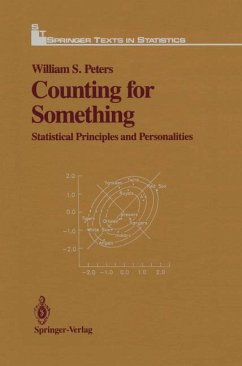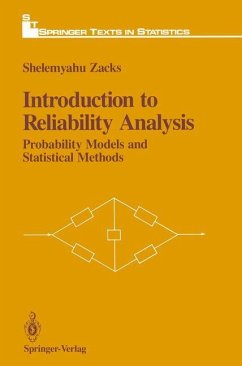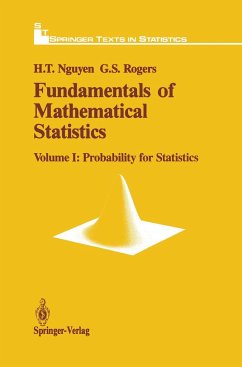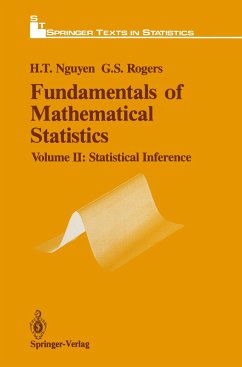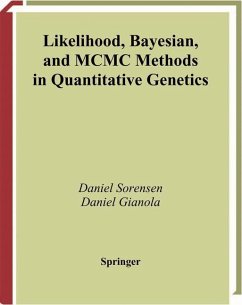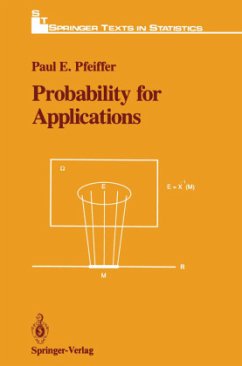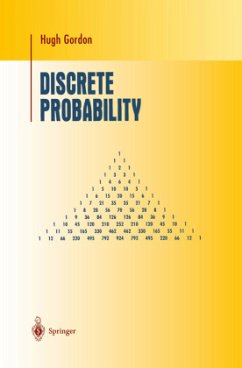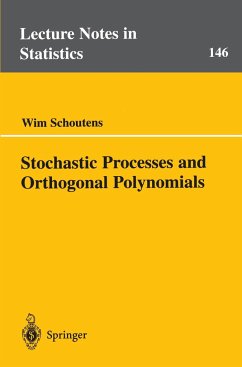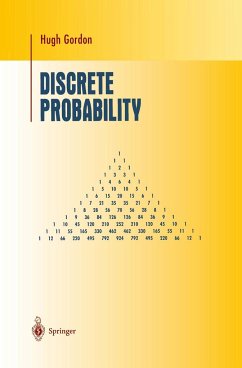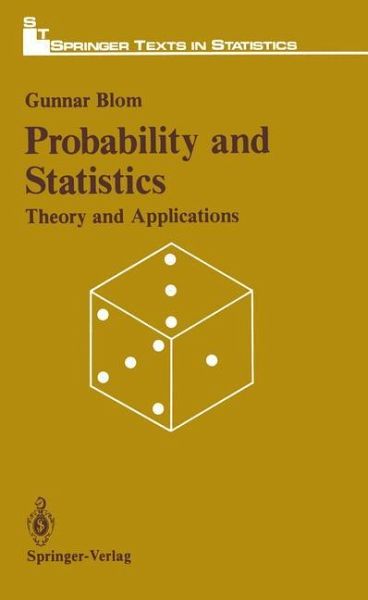
Probability and Statistics
Theory and Applications

PAYBACK Punkte
29 °P sammeln!
This is a somewhat extended and modified translation of the third edition of the text, first published in 1969. The Swedish edition has been used for many years at the Royal Institute of Technology in Stockholm, and at the School of Engineering at Link6ping University. It is also used in elementary courses for students of mathematics and science. The book is not intended for students interested only in theory, nor is it suited for those seeking only statistical recipes. Indeed, it is designed to be intermediate between these extremes. I have given much thought to the question of dividing the s...
This is a somewhat extended and modified translation of the third edition of the text, first published in 1969. The Swedish edition has been used for many years at the Royal Institute of Technology in Stockholm, and at the School of Engineering at Link6ping University. It is also used in elementary courses for students of mathematics and science. The book is not intended for students interested only in theory, nor is it suited for those seeking only statistical recipes. Indeed, it is designed to be intermediate between these extremes. I have given much thought to the question of dividing the space, in an appropriate way, between mathematical arguments and practical applications. Mathematical niceties have been left aside entirely, and many results are obtained by analogy. The students I have in mind should have three ingredients in their course: elementary probability theory with applications, statistical theory with applications, and something about the planning of practical investiga tions. When pouring these three ingredients into the soup, I have tried to draw upon my experience as a university teacher and on my earlier years as an industrial statistician. The programme may sound bold, and the reader should not expect too much from this book. Today, probability, statistics and the planning of investigations cover vast areas and, in 356 pages, only the most basic problems can be discussed. If the reader gains a good understanding of probabilistic and statistical reasoning, the main purpose of the book has been fulfilled.





